The United States military is rapidly embracing Drone Technology and unmanned systems as a revolutionary form of deterrence against potential threats from adversaries like Russia and China. This significant shift in military strategy was highlighted in a recent article in TIME magazine by Lorenz Meier and Niall Ferguson, revealing the Pentagon’s ambitious plans to deploy massive swarms of autonomous drones.
Lessons from Ukraine
The catalyst for this drone revolution has been the ongoing conflict in Ukraine. Ukrainian forces have successfully employed hundreds of thousands of drones to thwart Russian advances, demonstrating the effectiveness of unmanned systems in modern warfare. Ukraine’s creation of the world’s first Unmanned Systems Forces marks a pivotal moment in military history, comparable to the establishment of the Royal Air Force in 1918.
The US Military’s Drone Initiatives
Recognizing the potential of drone technology, the US military is making significant strides in this area:
- Hellscape Strategy: The U.S. Indo-Pacific Command has unveiled its “hellscape” strategy, which aims to deploy tens of thousands of unmanned boats, submarines, and drones around Taiwan in the event of Chinese aggression.
- Replicator Initiative: Launched by the Department of Defense, this program is designed to boost the manufacturing base for unmanned systems, ensuring a robust supply chain for drone production.
- European Drone Wall: Six NATO Countries have announced their own version of the hellscape strategy to deter Russian aggression, highlighting the growing international adoption of drone-based deterrence.
Advantages of Drone Warfare
Drones offer several key advantages over traditional military assets:
- Cost-effective: They require less space and fewer resources to maintain compared to conventional forces.
- Low maintenance: Unlike human soldiers, drones don’t need food, salaries, or extensive training.
- Tactical flexibility: Drones can be rapidly deployed and adapted to various mission types.
- Reduced risk: Unmanned systems minimize the risk to human personnel in combat situations.
- Deterrence without escalation: Drones provide tactical deterrence without the catastrophic risks associated with nuclear weapons.
The Future of Unmanned Warfare
The article suggests that the evolution of drone warfare is moving towards what experts call “autonomous mass” – swarms of thousands of drones directed by a handful of human operators. This shift is expected to become visible by the end of 2024, marking a new chapter in military operations.
Key developments on the horizon include:
- Deep-strike drones: Long-range unmanned aircraft capable of penetrating deep into enemy territory.
- Naval warfare revolution: Drones are challenging the dominance of large surface ships, including aircraft carriers.
- AI integration: Increasing use of Artificial Intelligence to coordinate and control drone swarms.
- Industrial-scale production: Both Ukraine and Russia are now manufacturing drones on an unprecedented scale.
Implications for Global Security
The rapid adoption of drone technology by major military powers has significant implications for global security:
- Changing nature of deterrence: Large-scale drone deployments could replace the Cold War-era reliance on tactical nuclear weapons as a deterrent against conventional attacks.
- Potential obsolescence of traditional military hardware: Tanks and large surface ships may become increasingly vulnerable to drone swarms, necessitating a rethink of military doctrine and procurement.
- Lowered threshold for conflict: The reduced risk to human personnel could potentially make military engagements more likely, albeit with less loss of life.
- Arms race acceleration: As more nations invest in drone technology, we may see an acceleration in the global arms race focused on unmanned systems.
- Ethical and Legal challenges: The use of autonomous weapons systems raises complex ethical and legal questions that will need to be addressed at an international level.
Challenges and Concerns
Despite the potential benefits, the shift towards drone-based warfare also presents several challenges:
- Cybersecurity risks: Increased reliance on networked unmanned systems could create new vulnerabilities to cyber attacks.
- Proliferation concerns: As drone technology becomes more accessible, there’s a risk of it falling into the hands of non-state actors or rogue nations.
- Escalation risks: While drones may reduce the risk of human casualties, their use could still lead to escalation in conflicts if not carefully managed.
- Technological reliability: Ensuring the reliability and effectiveness of large-scale drone swarms in combat conditions remains a significant challenge.
DroneXL’s Take
The rapid adoption of drone technology by the US military reflects a broader trend in the drone industry. As we’ve seen in recent articles, drones are increasingly being used for various applications beyond military purposes, including Search and Rescue operations, infrastructure inspection, and delivery services.
The military’s investment in drone technology will likely accelerate advancements in the civilian sector as well, potentially leading to more sophisticated and capable drones for commercial and recreational use. However, it also raises important questions about the future of warfare and the ethical implications of autonomous weapons systems.
As this technology continues to evolve, it will be crucial for policymakers, military leaders, and the public to engage in informed discussions about the role of drones in national defense and global security. The coming years will undoubtedly see further developments in this rapidly advancing field, shaping the future of military strategy and international relations.
Discover more from DroneXL
Subscribe to get the latest posts sent to your email.
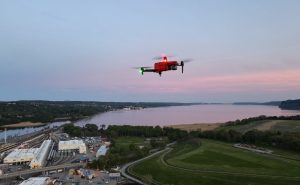
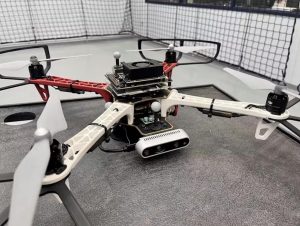

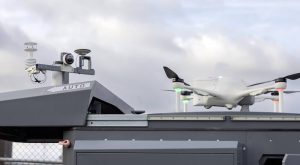



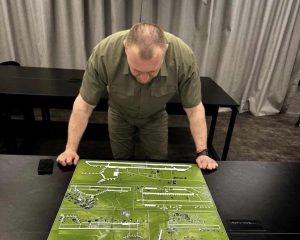
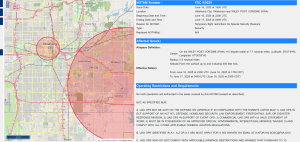
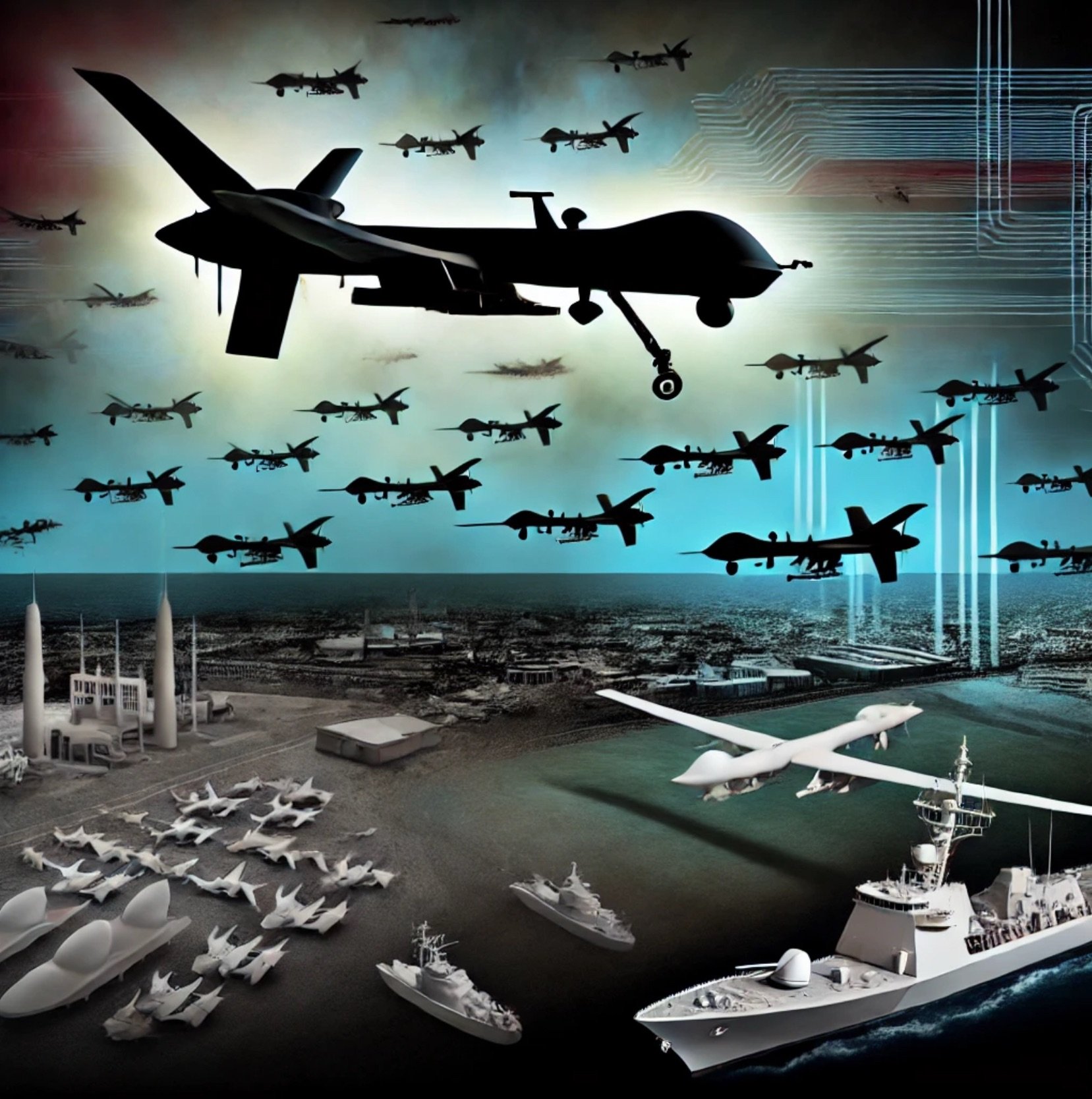

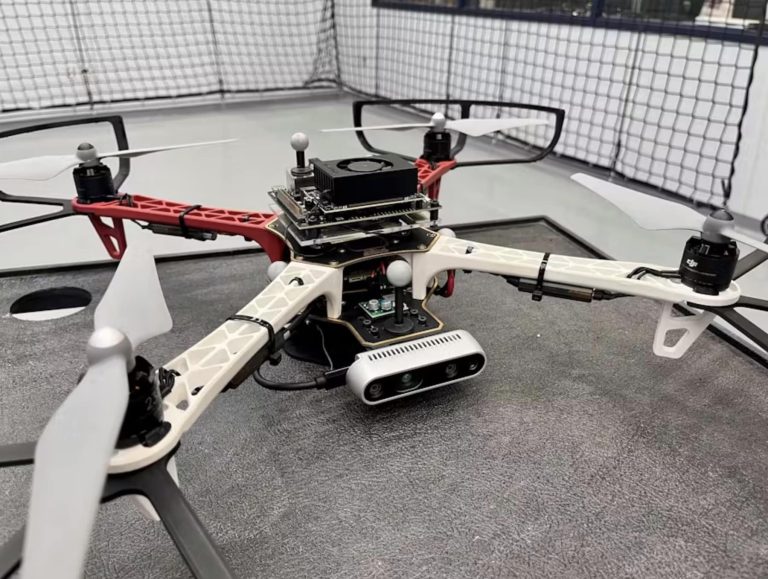



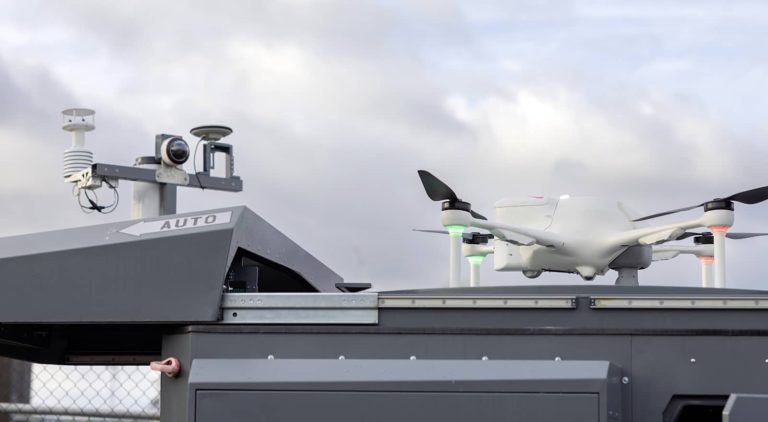
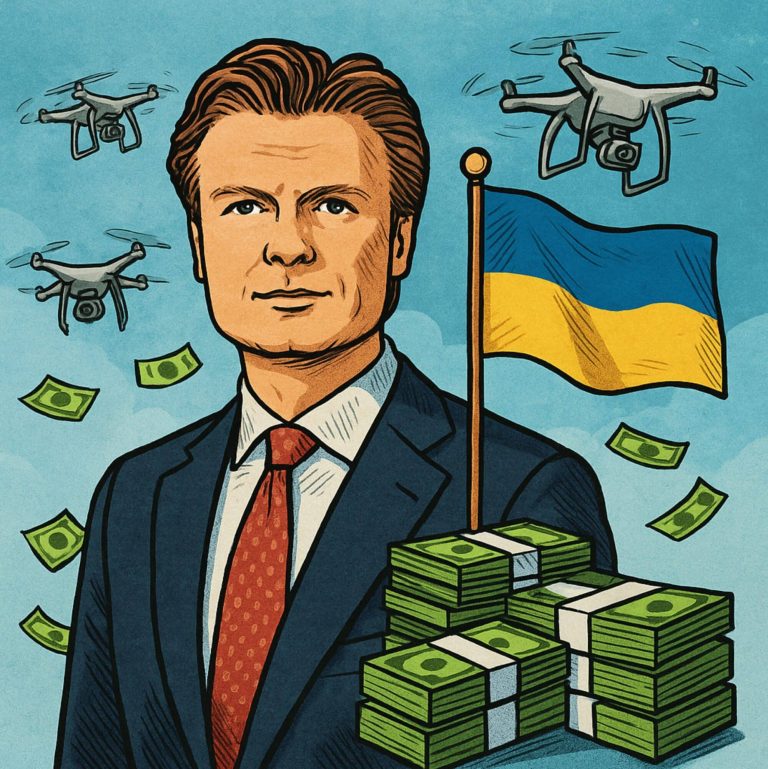

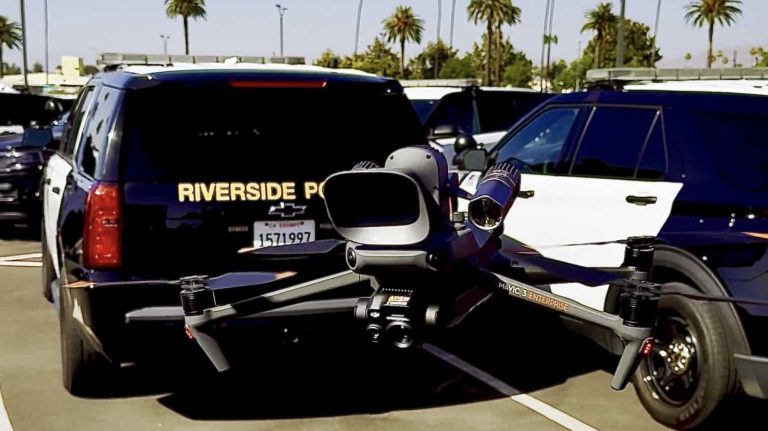
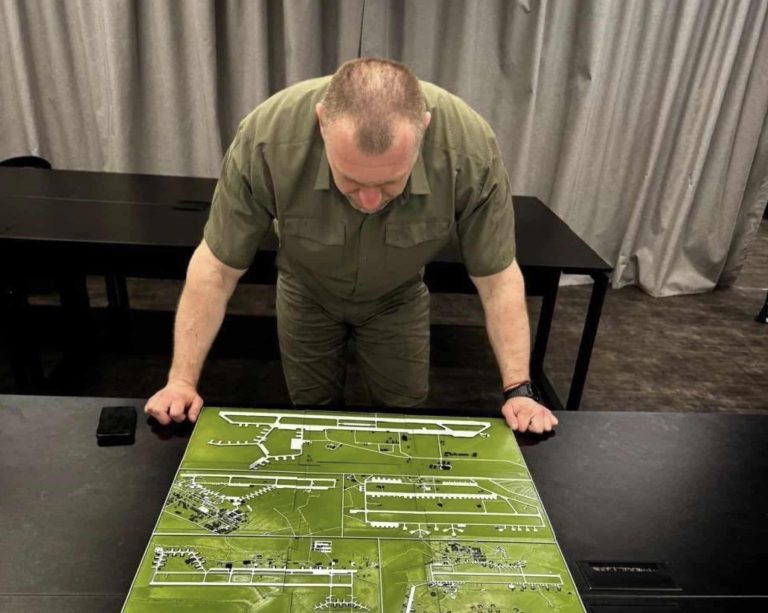
+ There are no comments
Add yours